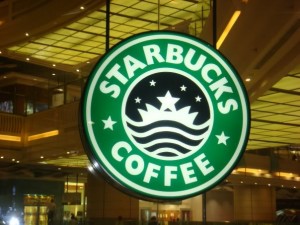Expatriate vs. Local: A unique hurdle faced by marketers in segmentation and targeting markets
Globalization is a movement that has hit this world in many aspects of business, especially because many people are required in their line of work to move to a different city, country, or even a different continent altogether. Most often than not however, expatriates are a significant minority in several countries, and they adapt their consumer behaviour to those of local consumers.
But what happens when expatriates form a considerable, if not the majority of a nation’s population? How do marketers react in respect to such an event? To provide a better argument, I will discuss specifically about the UAE (United Arab Emirates), a country I have lived in for two years.
In a country where it is estimated that 90% of the population is of foreign origin, it is hard to accommodate every cultural background in order to satisfy every consumer on the market. Being a country rich in oil and a growing economy, the UAE’s movement to modernization included a massive increase in foreigners for the past twenty years. The country has “westernized” to a great extent, so much that you might feel in Europe or America, rather than the Middle East.
Products in supermarkets are all packaged in Arabic and English, the latter becoming “unofficially” the most used language by locals and foreigners alike. There is a major clash however, when it comes down to clothing and retail stores in the UAE. Even though this country is not as conservative as others in the Middle East, it still remains a Muslim country, where women are expected to wear “respectable” clothing that is not too provocative.
Marketers are thus restricted by censorship laws, as it is a common occurrence to see many magazine ads marked with black marker if they include nudity of some sort. Thus the challenge of targeting a market that is full of potential and yet with many conditions and agreements to be fulfilled.
In the specific case of Starbucks, the company’s famous siren logo is something that remains intact in the UAE. However, in countries like Saudi Arabia, the logo is quite different, some might even say “indistinguishable” from the original, and this hurts the company in terms of brand recognition and positioning in the market.

